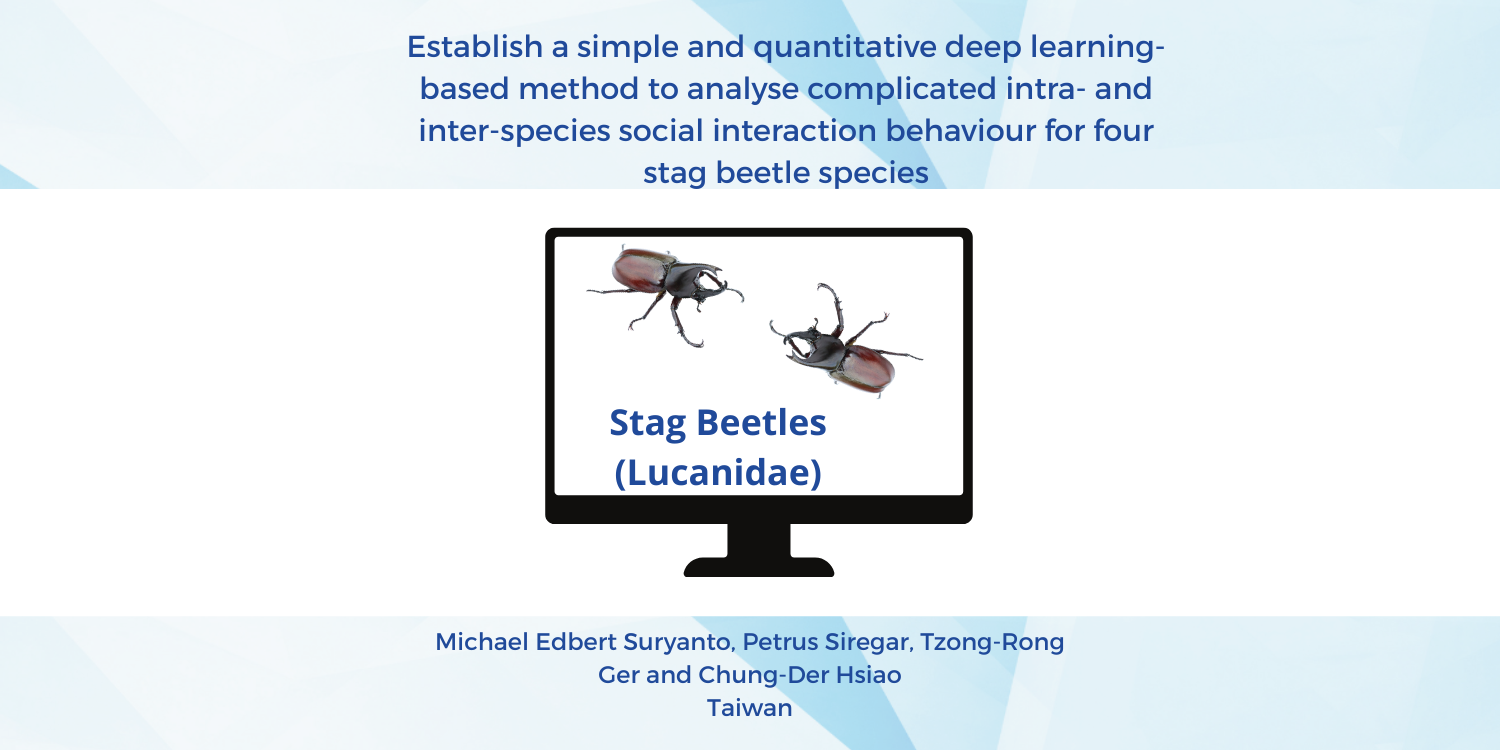With the development of high-throughput behavioral screening, a powerful tool to discover and develop pharmaceuticals, monitor for toxins, and screen for successful gene modifications has emerged.
Unfortunately, caveats exist that limit the use of high throughput screening depending on the nature of the study and the model organism.
While certain models are exceptionally well suited for high throughput screening, such as Drosophila, other features inherent to these models limit the scope of their use. Studies reliant on the use of a vertebrate model can now turn to zebrafish (Danio rerio), danionella, cave fish, fathead minnows etc ... to address some of the areas where other model organisms fall short, e.g. where the use of rats and mice are not economically feasible in high throughput studies but where a vertebrate model is preferred.
The ZebraLab system can be used in small-scale studies and scaled up for high throughput screening projects.
The analysis of zebrafish activity is extended to a vast number of research applications including safety pharmacology,behavioral genetics, ecotoxicology,circadian rhythmicity. Zebrafish research
The possibility of connecting up to four ZebraBox in one ZebraLab system support the possibility of scaling experiments at a reasonable cost.





